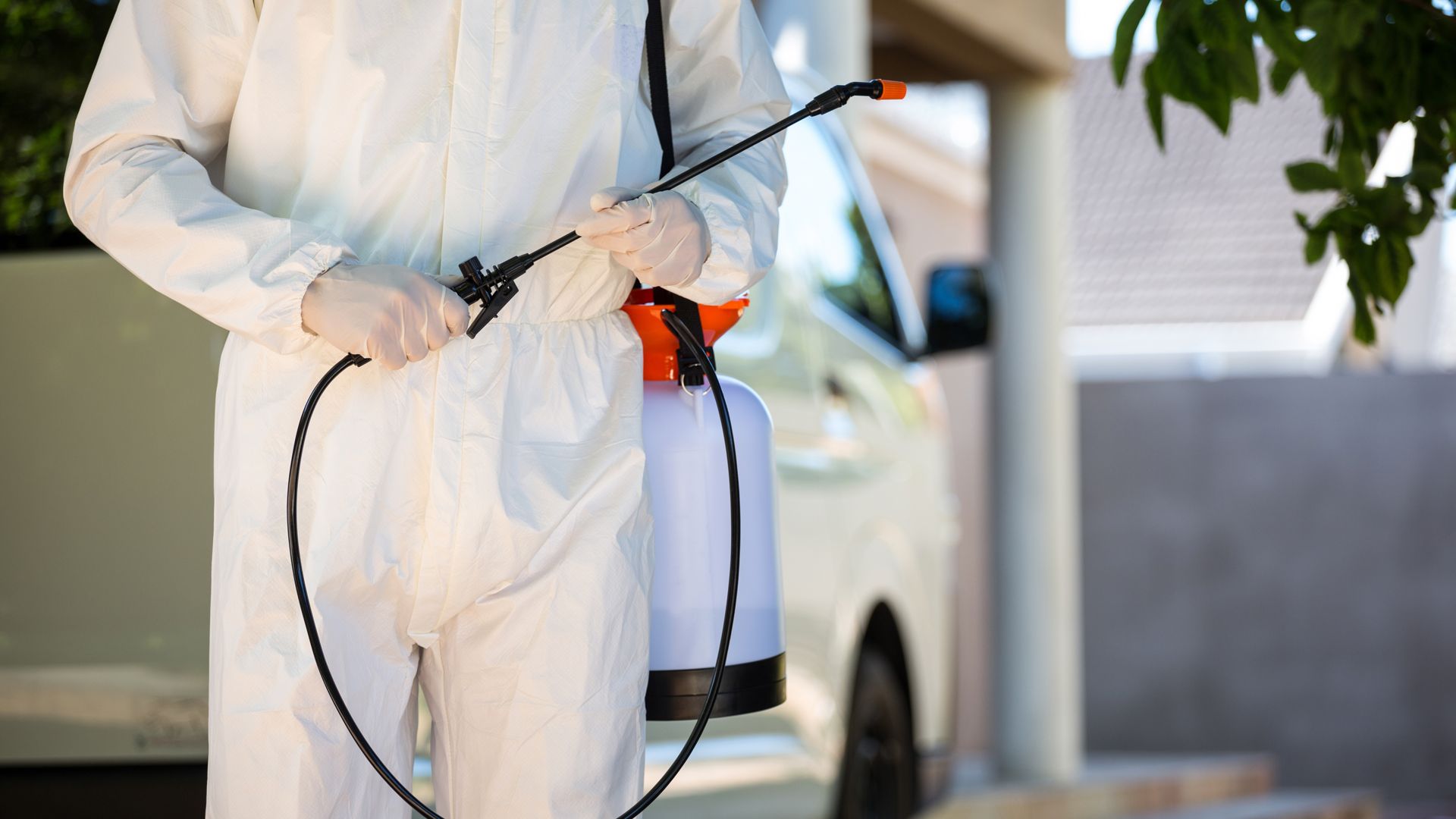Crickets are a common pest that property owners often underestimate. People think that they’re a lot less harmful than they really are and have all kinds of misconceptions about their behavior. Learning what the signs of a cricket infestation look like – and what you can do to prevent one – is important.
What Do Crickets Look Like?
Crickets are winged insects that, while they can fly, are mostly known for using their powerful hind legs to hop great distances -- that’s where the name for their close cousins “grasshoppers” comes from. To spot a cricket infestation, you first have to know what you’re looking for, so use the following features to identify them:
Size
Crickets typically only grow to a couple of inches in length, but their outstretched appearance mid-flight makes them appear much more formidable than their size would indicate.
Color
Crickets are often brown or tan, with darker colored wings.
Shape
Unlike grasshoppers, crickets have much longer antennae. Their hind legs, while formidable, are still proportionately smaller than a grasshopper’s.
The Problems Of A Cricket Population
The main thing people know about crickets is that they “sing” or make chirping sounds at night. They do this by rubbing or “stridulating” their rear legs together, making a sound like rubbing the bristles of a comb. But did you know that only male crickets make this sound? There are other little-known facts about crickets, particularly the problems that they can cause.
Here are just some of the issues that crickets can cause for your property:
Damage
Crickets eat fibrous materials found in hair and some fabrics, meaning they can chew through curtains or decorative linens, even clothing items.
Disease
You probably didn’t know that crickets can spread disease, but this is one of the traits that makes them such harmful pests. They transmit both E. coli and salmonella among other things.
Nuisance
While a single, distant cricket can be peaceful to fall asleep to at night, a chorus of them making a racket right outside your window is much less pleasant. The noise can quickly become troublesome as a small population breeds into a full-blown infestation.
Proper Cricket Prevention
Taking the early steps that make your property more protected against pests is the best way to prevent having to deal with an infestation. Luckily, there are several things you can do around your property to lessen your risk of a cricket problem.
Landscaping: Pests of all kinds, even crickets, are attracted to areas of overgrown vegetation where they can hide from predators and rest during the day. Keeping your lawn, and any decorative plants, well-trimmed will reduce these harborage points for pests.
Debris: The same goes for yard debris or piles of materials that make for easy nesting areas. Remove any clutter around your property and keep wood stored well away from any structures.
Moisture control: Crickets prefer dark, damp places like caves and basements to hide out in. As such, any areas of pooling moisture can be magnets for pests of all kinds. Stay on top of pipe maintenance and install proper drainage and ventilation to curb dampness.
The Pros Can Help You The Right Way
A cricket problem can quickly grow out of control. If you’re going to go through the effort of removing or preventing infestations, you might as well do it the right way. With professional assistance from Roberts Termite & Pest Control, you can rest assured that we will apply the right solutions to your property. Whether you want to get started on inspections and preventative treatments or if a pest problem has already moved onto your property, trust us to get the job done right.
Don’t risk a cricket population turning into a nightmare for your property, contact Roberts Termite & Pest Control today. Learn more about our home pest control and commercial pest control options.

